UN warns of surge in acute malnutrition among Gaza’s young children | Hunger News
Numbers of children requiring hospitalisation for complications due to severe malnutrition rising as WHO warns ‘health system is collapsing’.
More than 2,700 children below the age of five in Gaza have been diagnosed with acute malnutrition, marking a steep increase in the number of children suffering from the serious medical condition since screening in February, the United Nations reports.
Of almost 47,000 under-fives screened for malnutrition in the second half of May, 5.8 percent (or 2,733 children) were found to be suffering from acute malnutrition, “almost triple the proportion of children diagnosed with malnutrition” three months earlier, the UN said on Thursday.
The number of children with severe acute malnutrition requiring admission to hospital also increased by around double in May compared with earlier months, according to the report by the UN Office for the Coordination of Humanitarian Affairs (OCHA).
According to data from the Nutrition Cluster cited by OCHA, more than 16,500 children below the age of five have been detected and treated for severe acute malnutrition in Gaza since January, including 141 children with complications requiring hospitalisation.
Despite the increase in children suffering serious malnutrition and requiring hospitalisation, “there are currently only four stabilisation centres for the treatment of [severe acute malnutrition] with medical complications in the Gaza Strip,” the OCHA report states.
“Stabilisation centres in North Gaza and Rafah have been forced to suspend operations, leaving children in these areas without access to lifesaving treatment,” it adds.
The UN’s latest warning on the health of young children in Gaza comes as the Palestinian territory’s entire population deals with starvation, and the World Health Organization (WHO) warned that the enclave’s “health system is collapsing”.
Issuing an appeal for the “urgent protection” of two of Gaza’s last remaining hospitals, the WHO said the “Nasser Medical Complex, the most important referral hospital left in Gaza, and Al-Amal Hospital are at risk of becoming non-functional”.
“The relentless and systematic decimation of hospitals in Gaza has been going on for too long. It must end immediately,” the WHO said in a statement.
“WHO calls for urgent protection of Nasser Medical Complex and Al-Amal Hospital to ensure they remain accessible, functional and safe from attacks and hostilities,” it said.
“Patients seeking refuge and care to save their lives must not risk losing them trying to reach hospitals.”
UN experts, medical officials in Gaza, as well as medical charities, have long accused Israeli forces of deliberately targeting health workers and medical facilities in Gaza in what has been described as a deliberate attempt to make conditions of life unliveable for the Palestinian population in the Strip.
WHO calls for urgent protection of Nasser Medical Complex and Al-Amal Hospital in the Gaza Strip
WHO warns that the #Gaza Strip’s health system is collapsing, with Nasser Medical Complex, the most important referral hospital left in Gaza, and Al-Amal Hospital at risk of becoming… pic.twitter.com/Rd3ZjASuBp
— World Health Organization (WHO) (@WHO) June 5, 2025


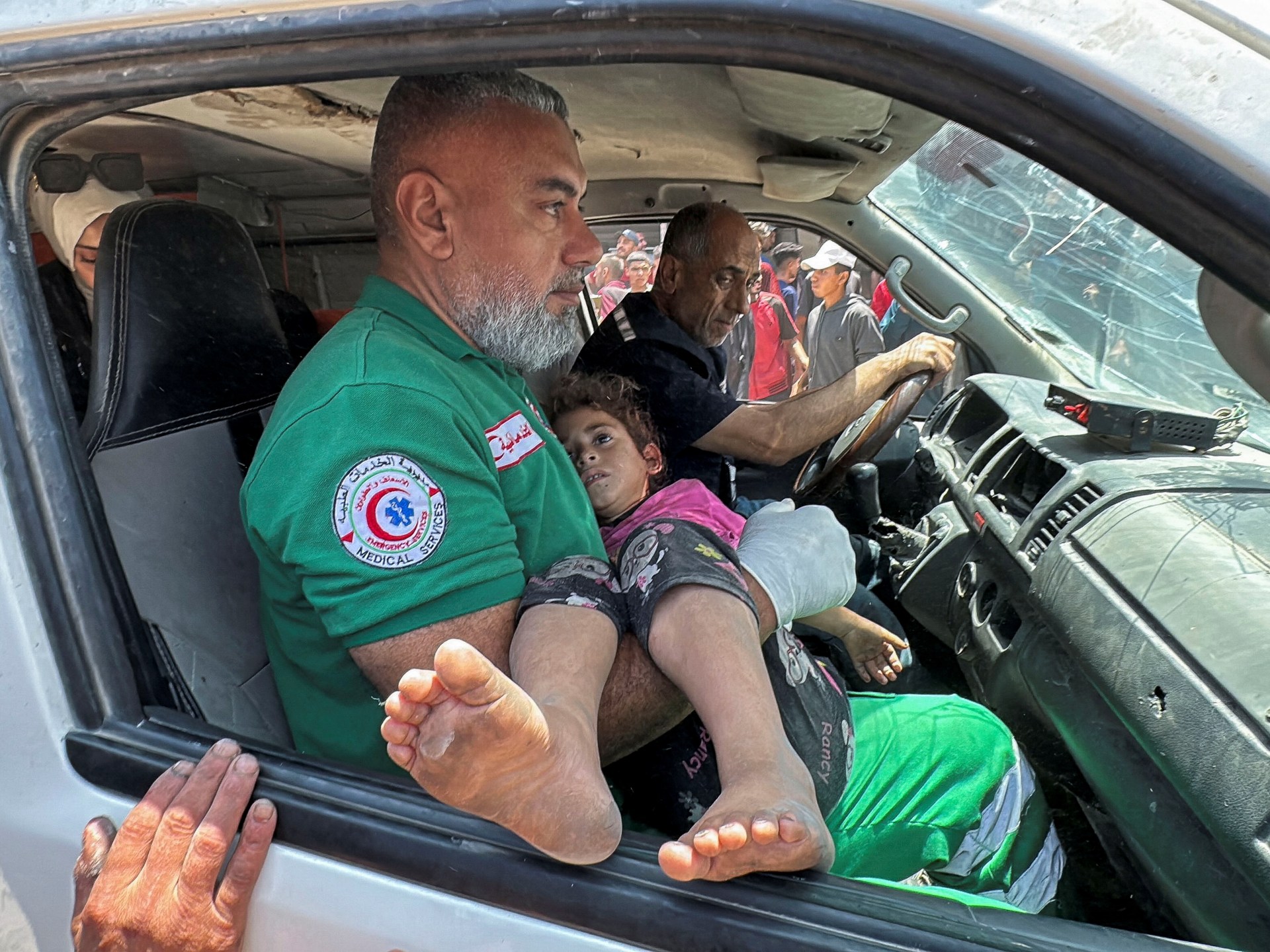
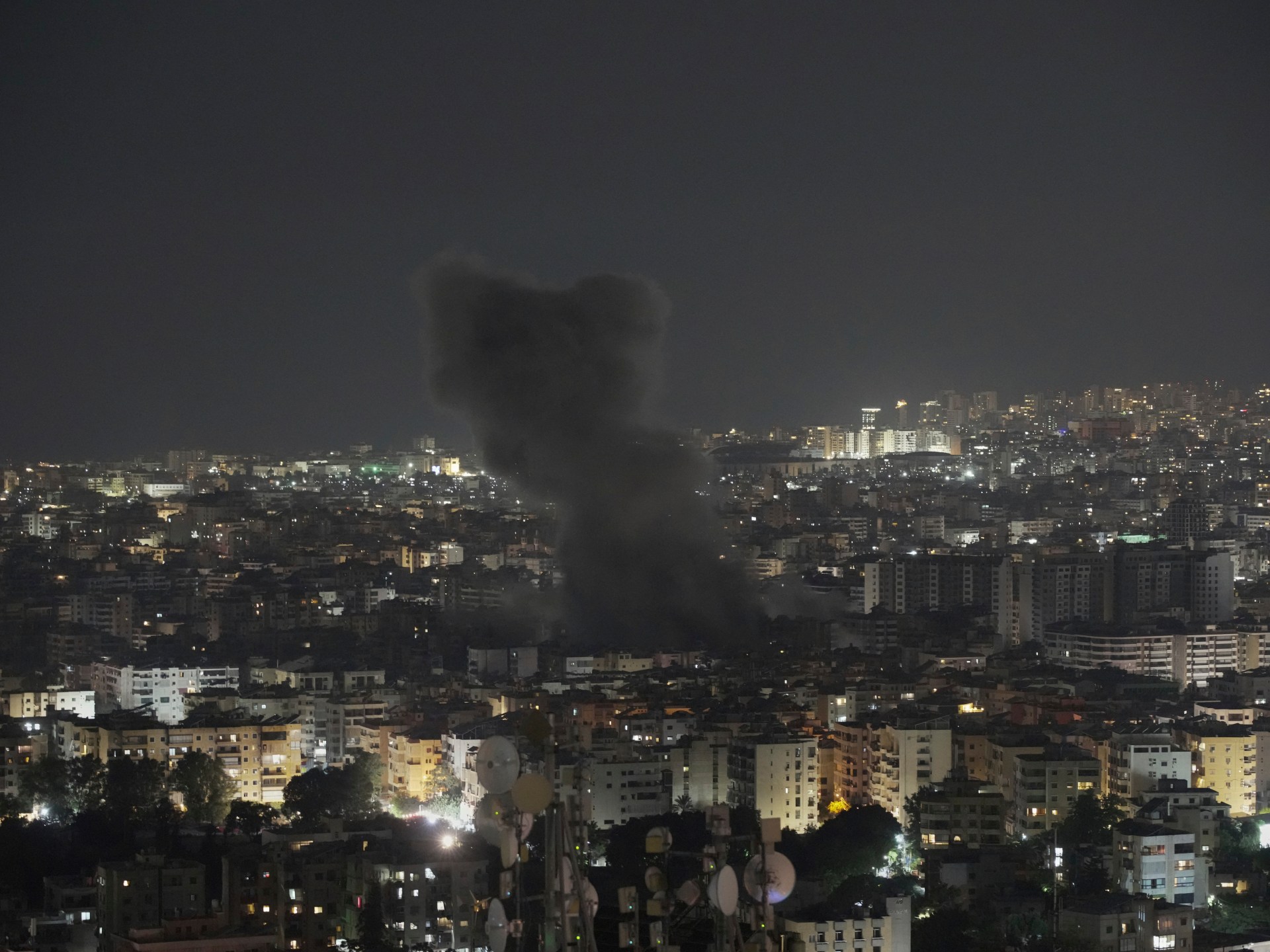
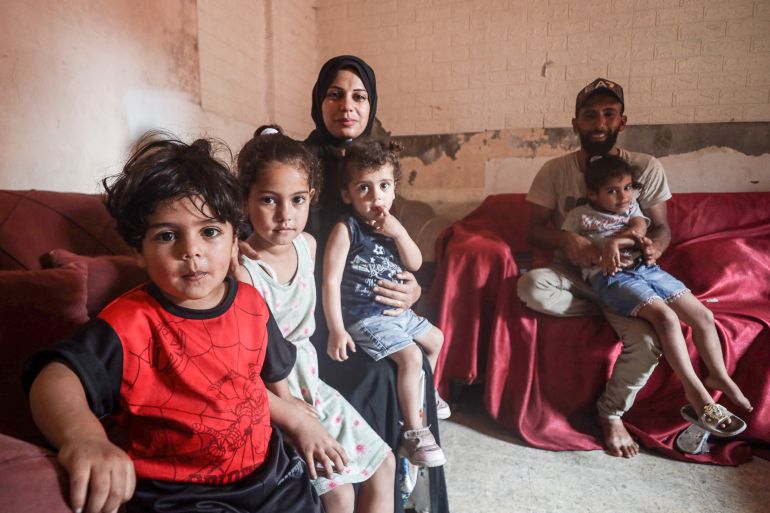




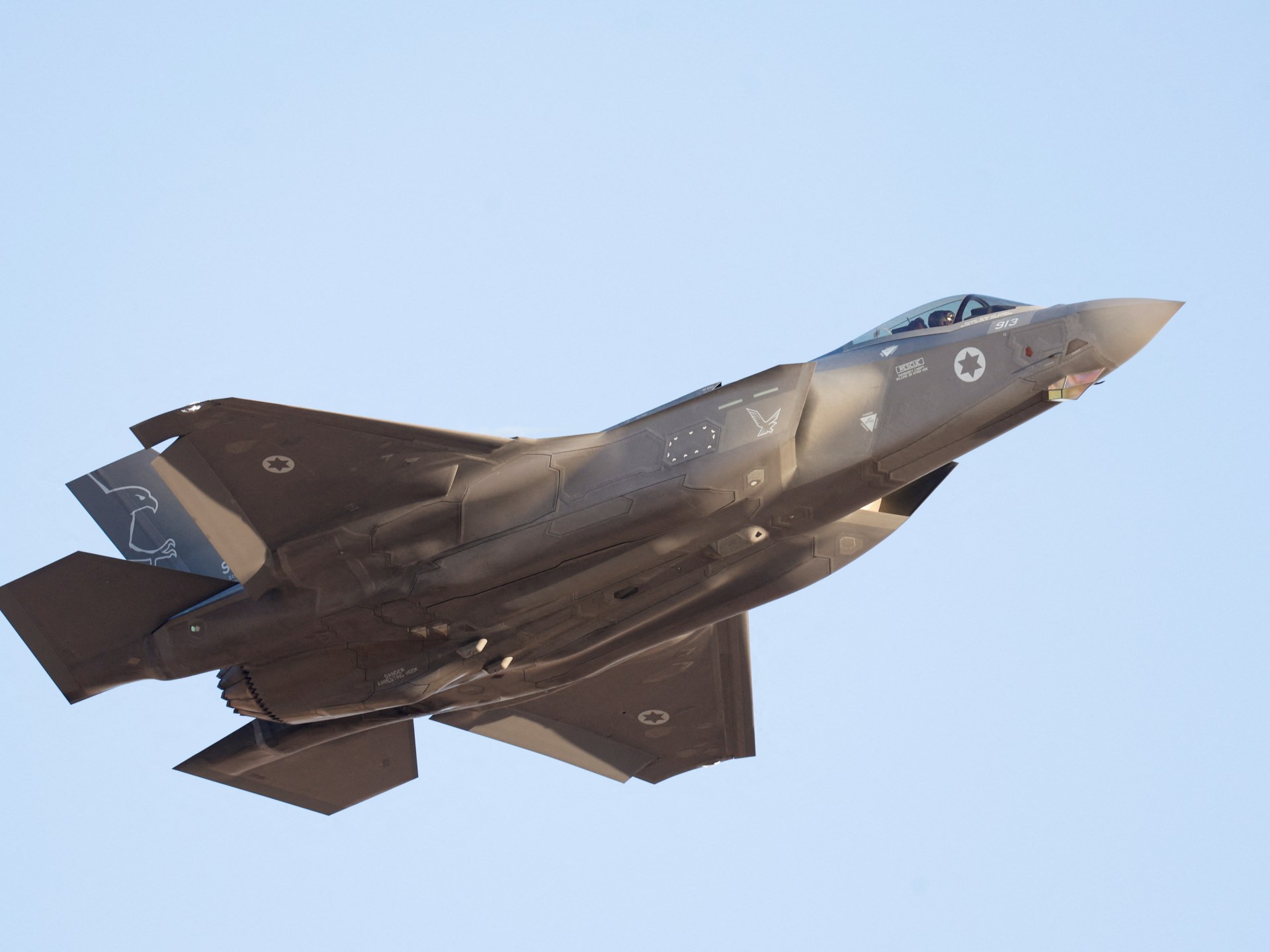
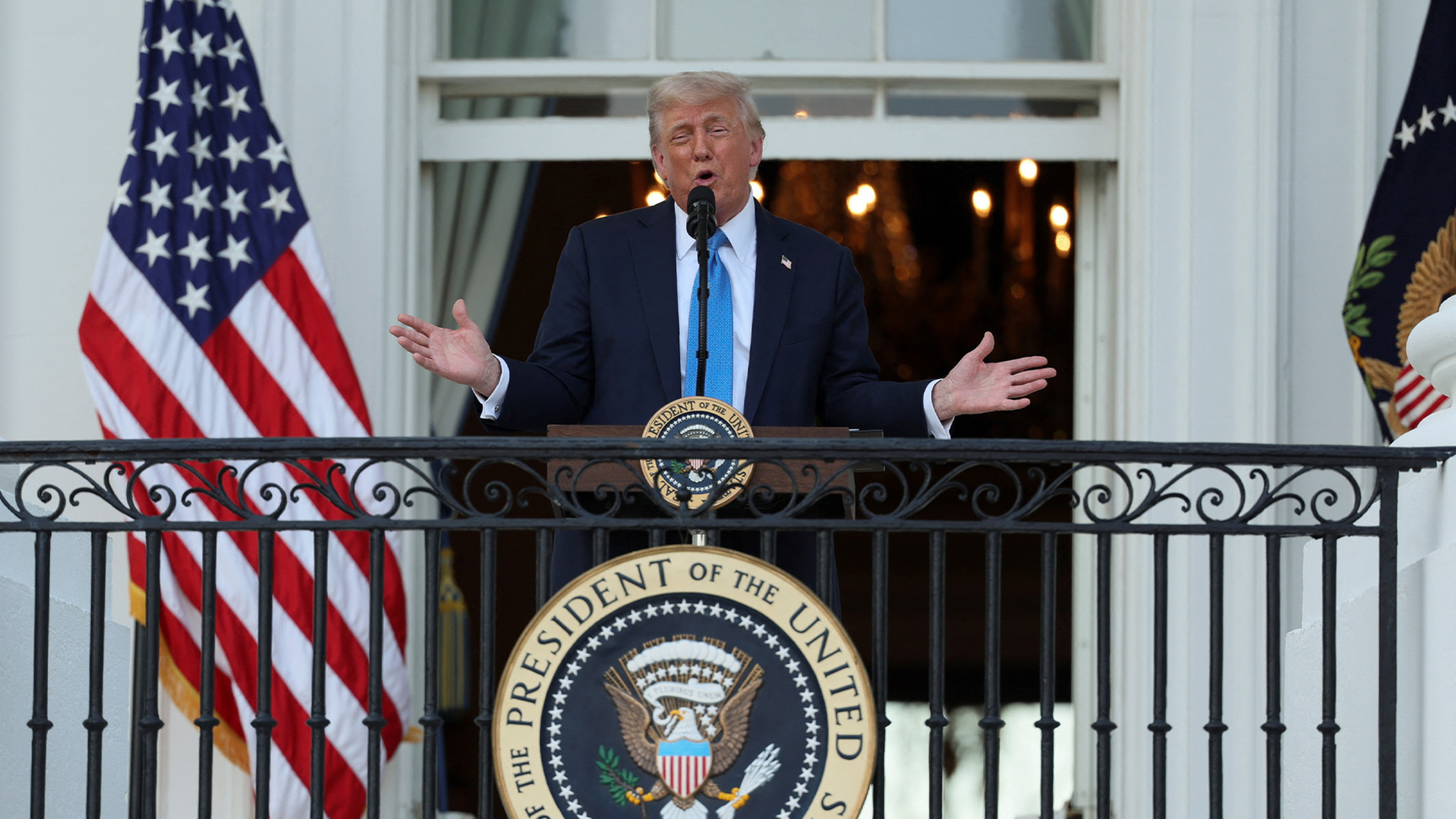
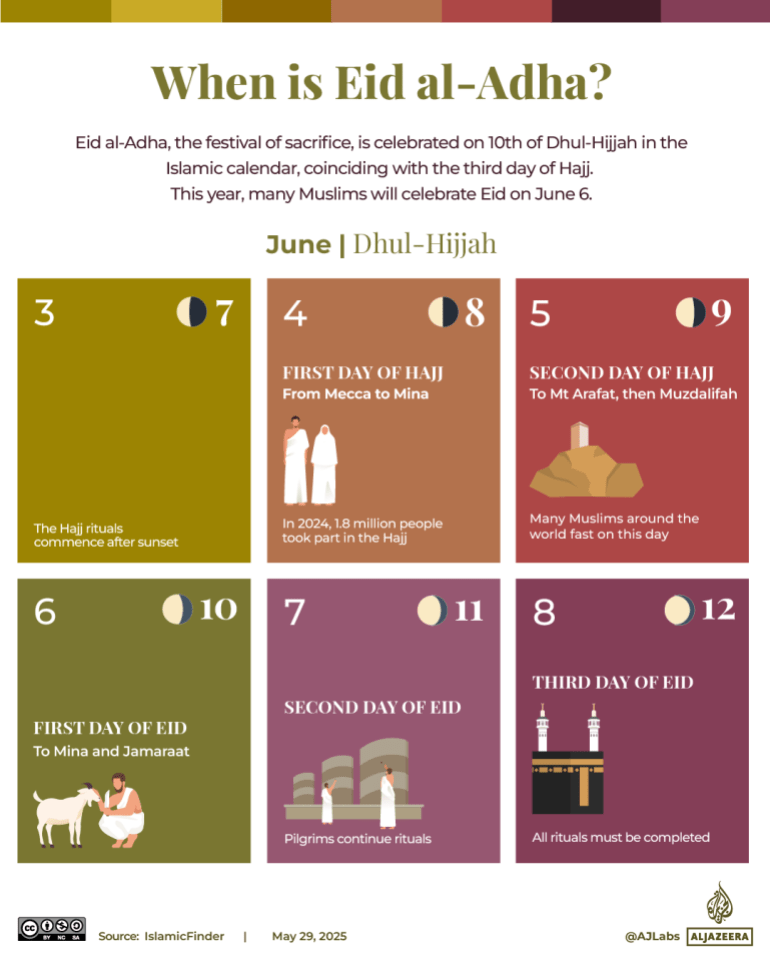















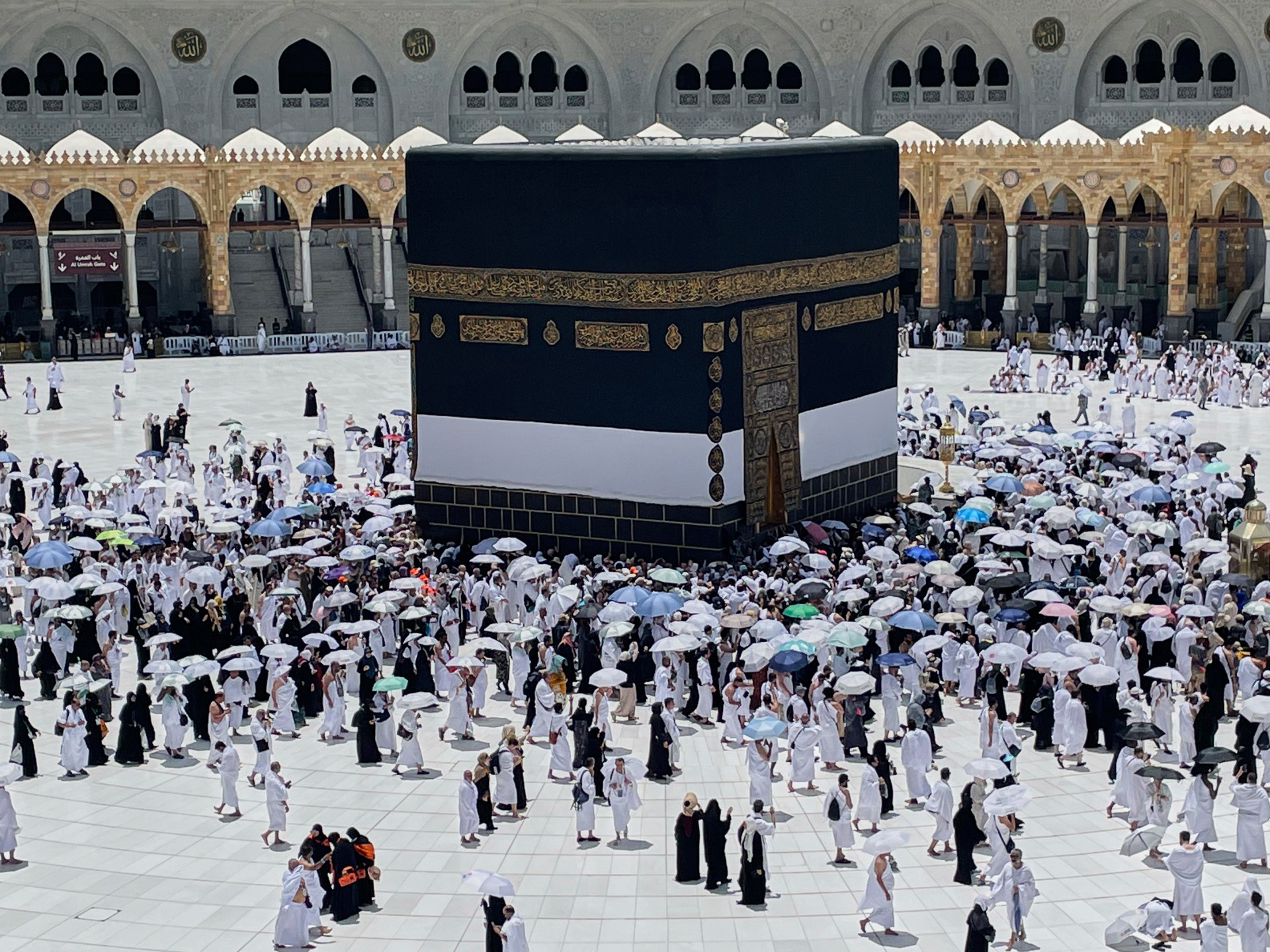




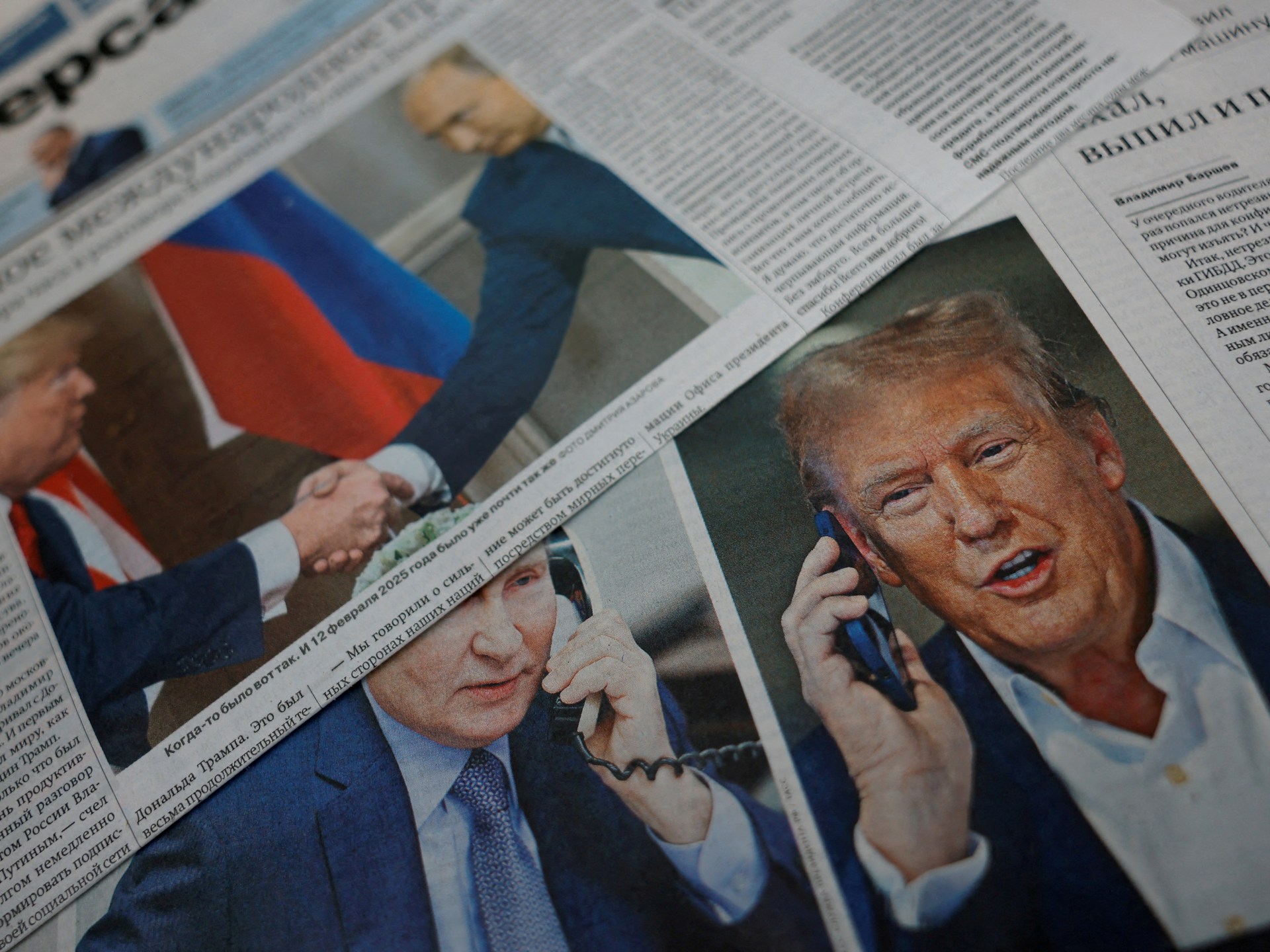




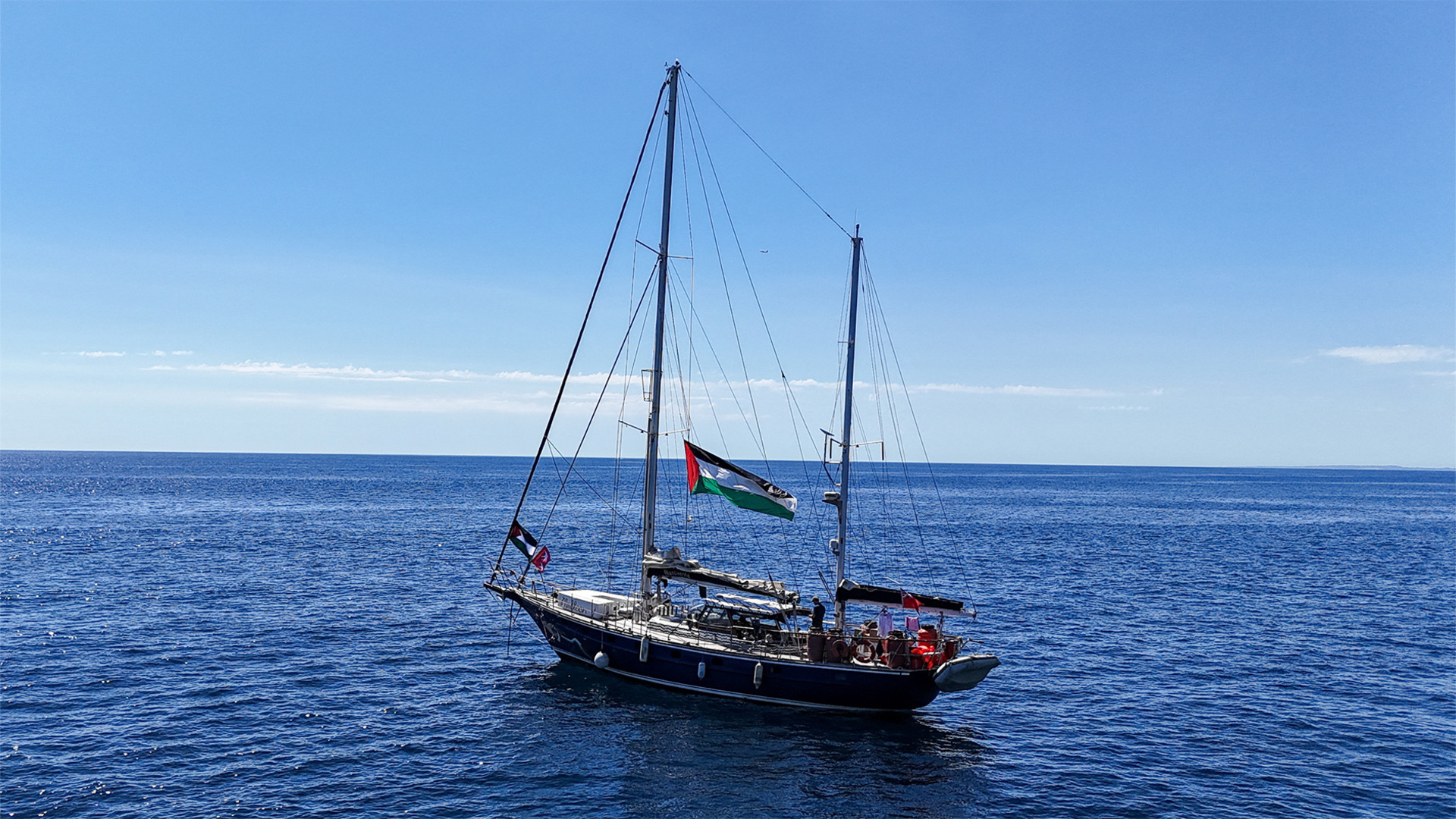
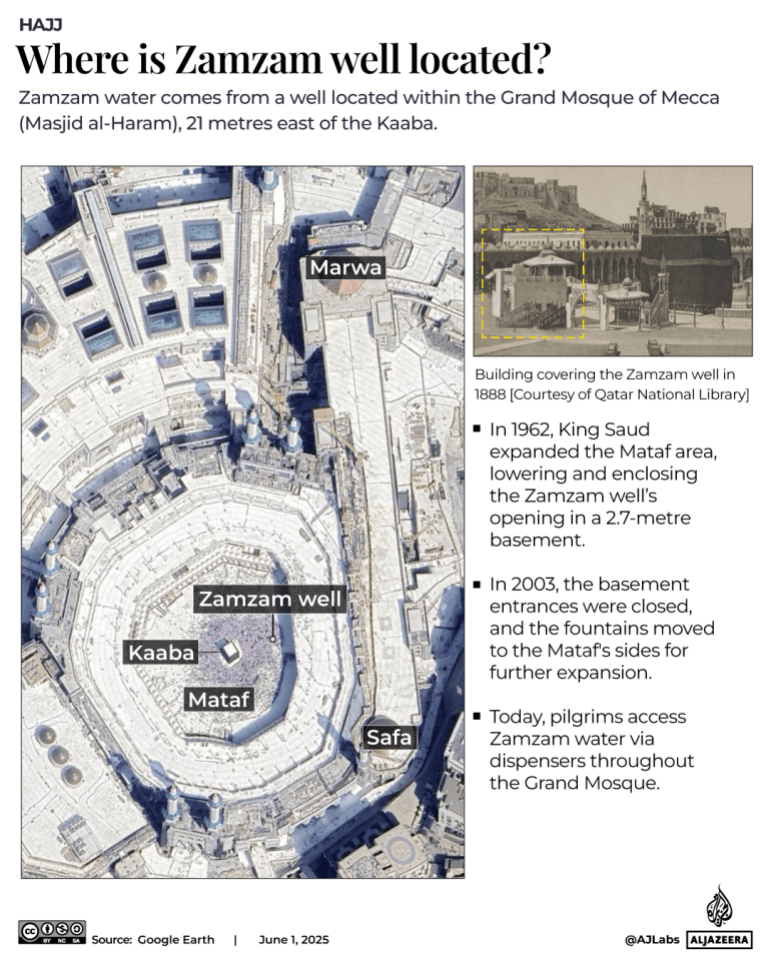

![The domed building covering the Zamzam well in 1803 [Mahometaanen]](https://www.aljazeera.com/wp-content/uploads/2025/06/Adriaan-Reland-Verhandeling-van-de-godsdienst-der-Mahometaanen_MG_0723-1748781303.png?w=770&resize=770%2C487&quality=80)
![Building covering Zamzam in 1888 [Qatar National Library]](https://www.aljazeera.com/wp-content/uploads/2025/06/1888_Kaaba_and_Zamzam-1748780777.png?w=770&resize=770%2C435&quality=80)




